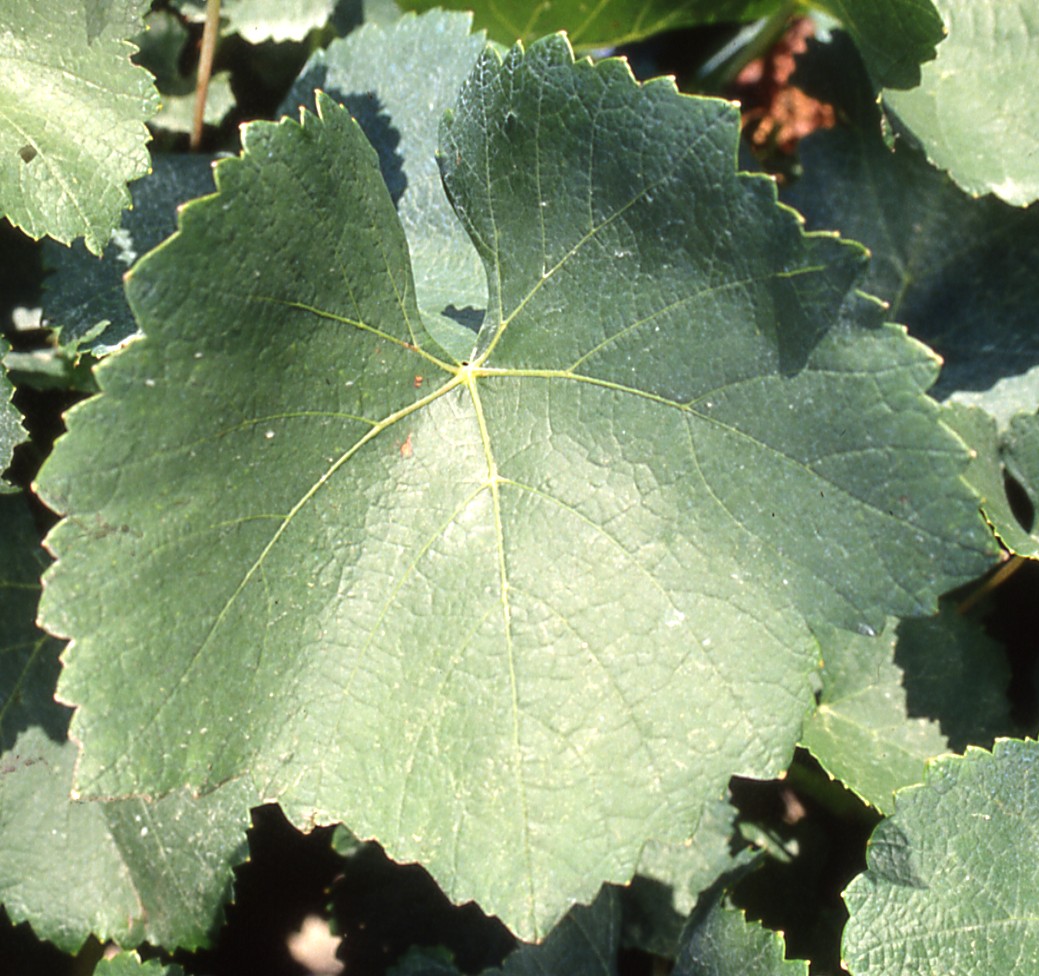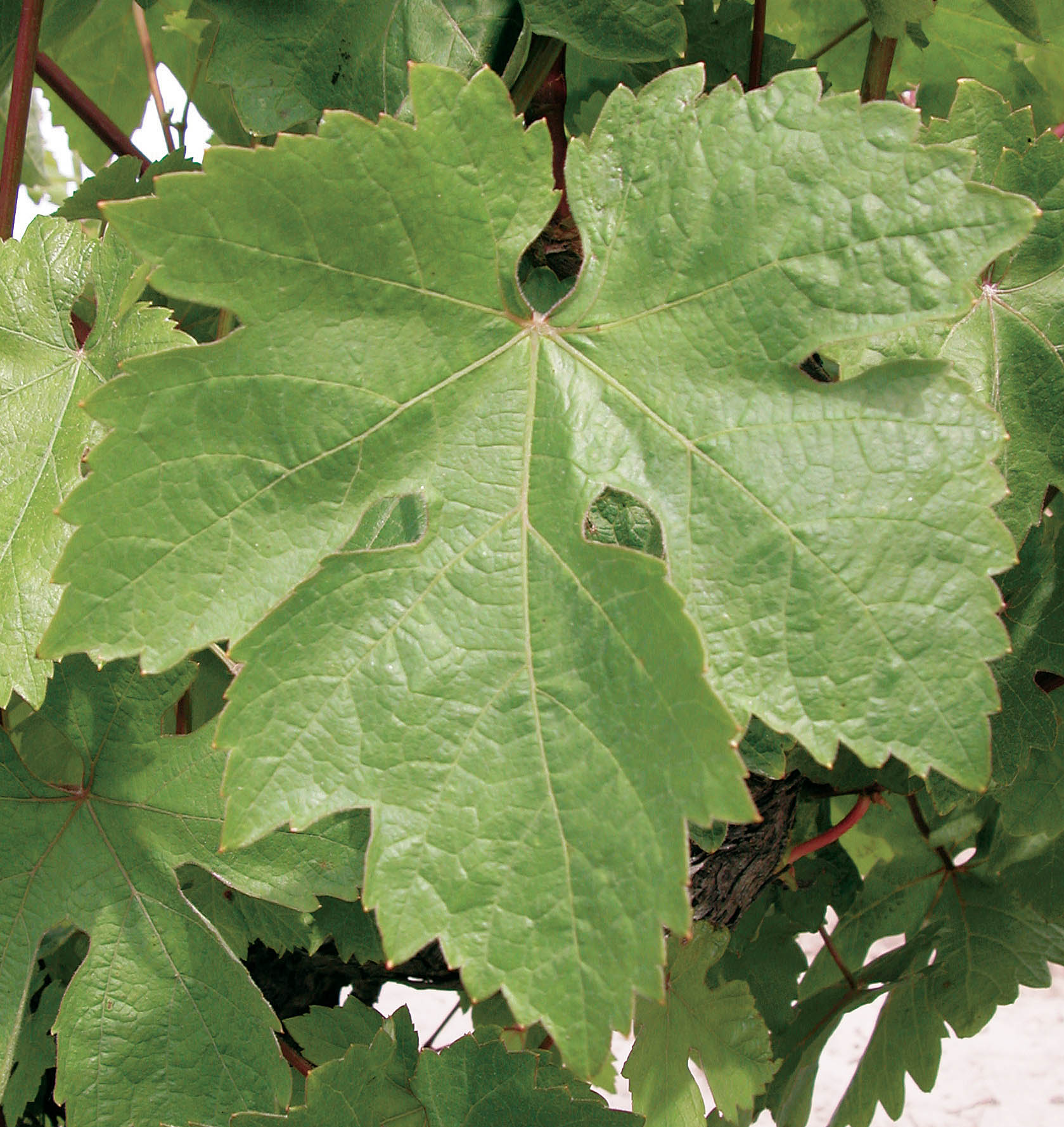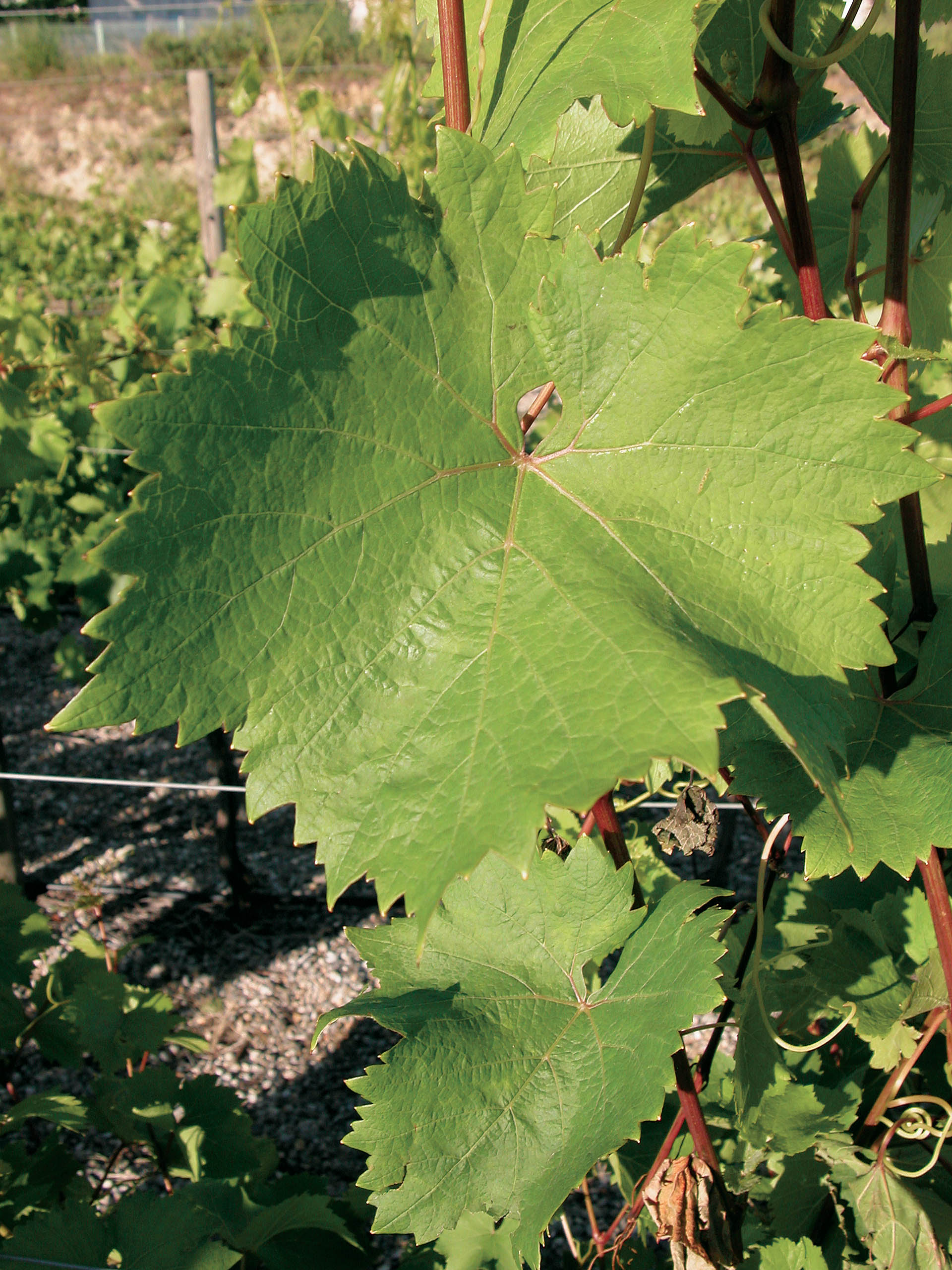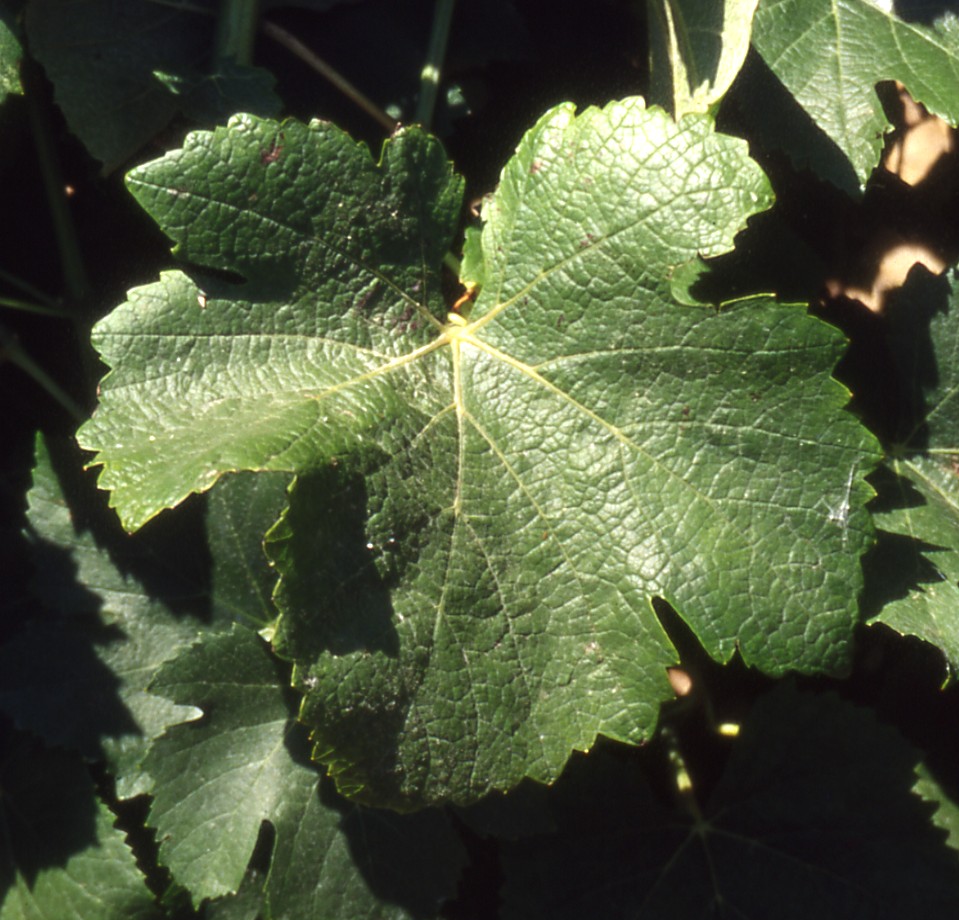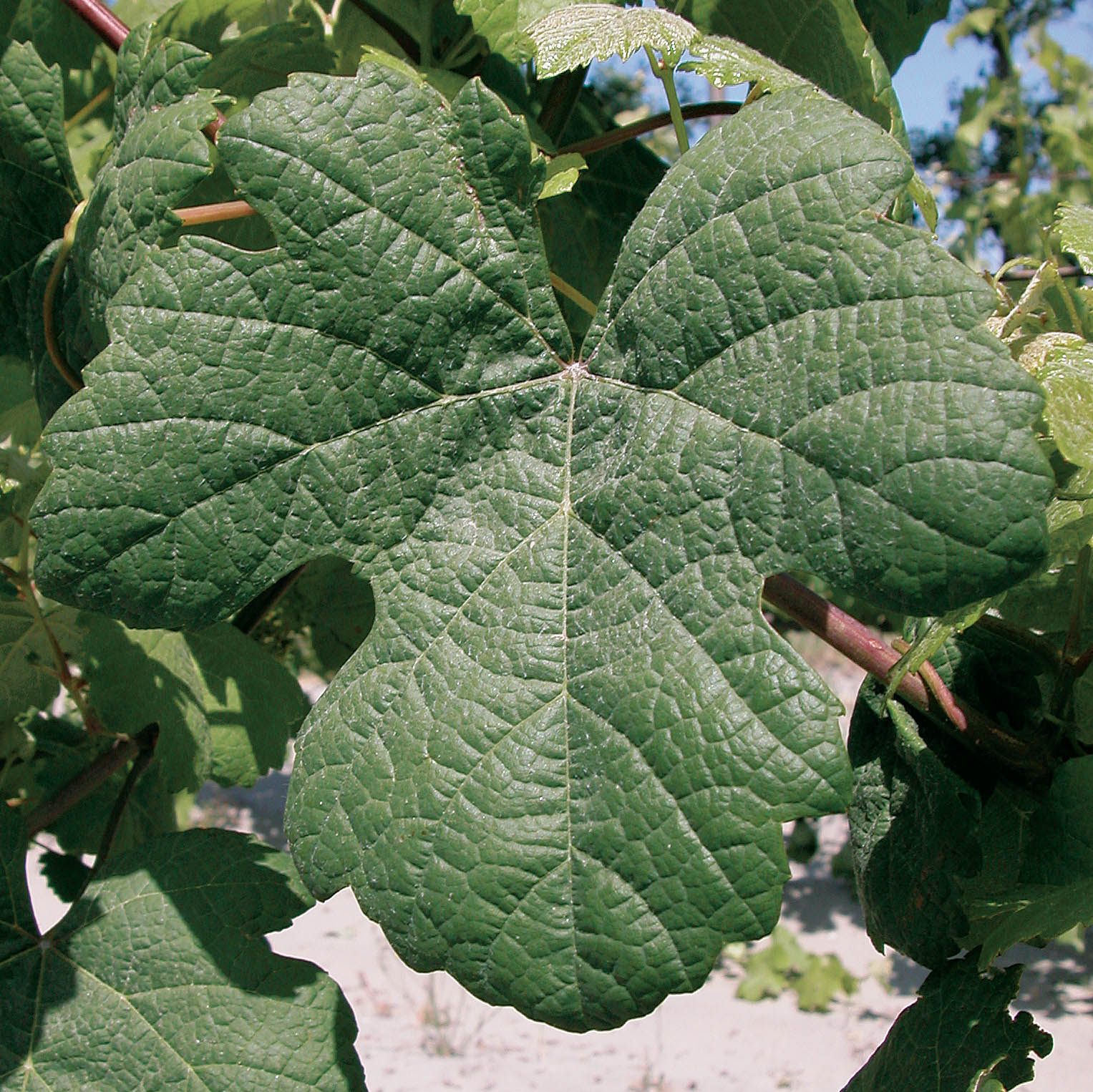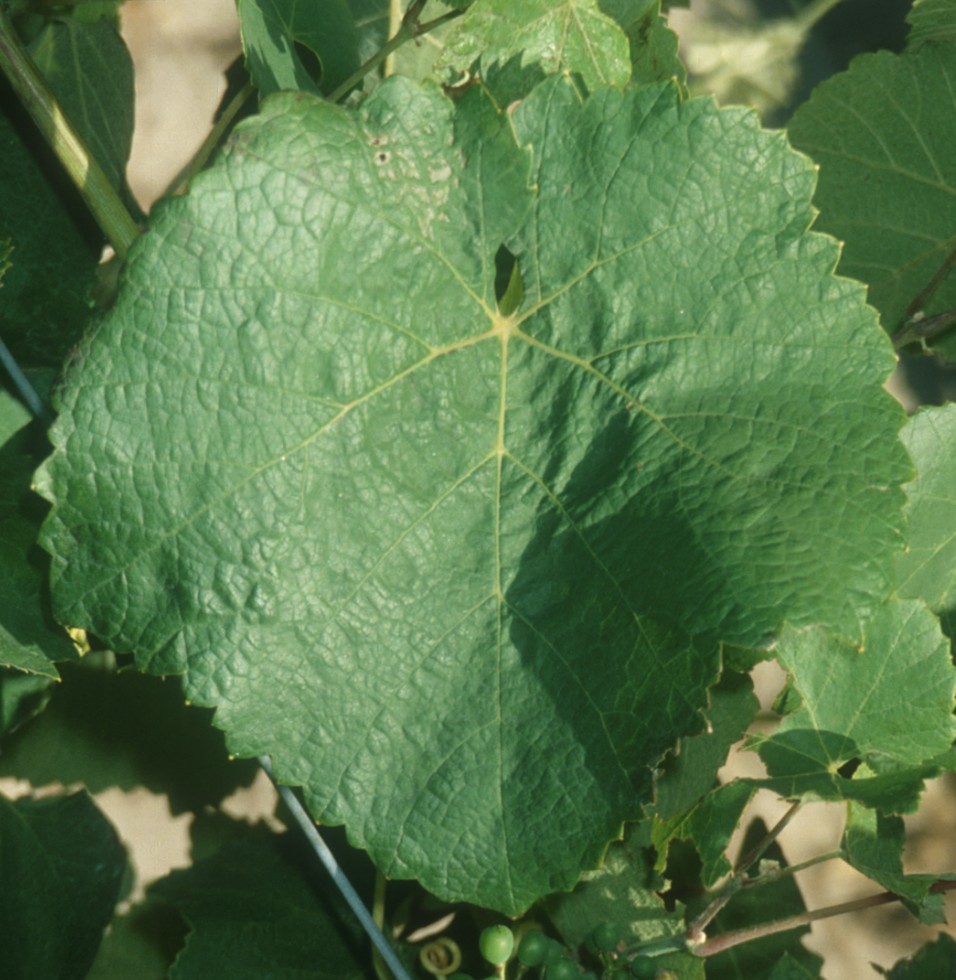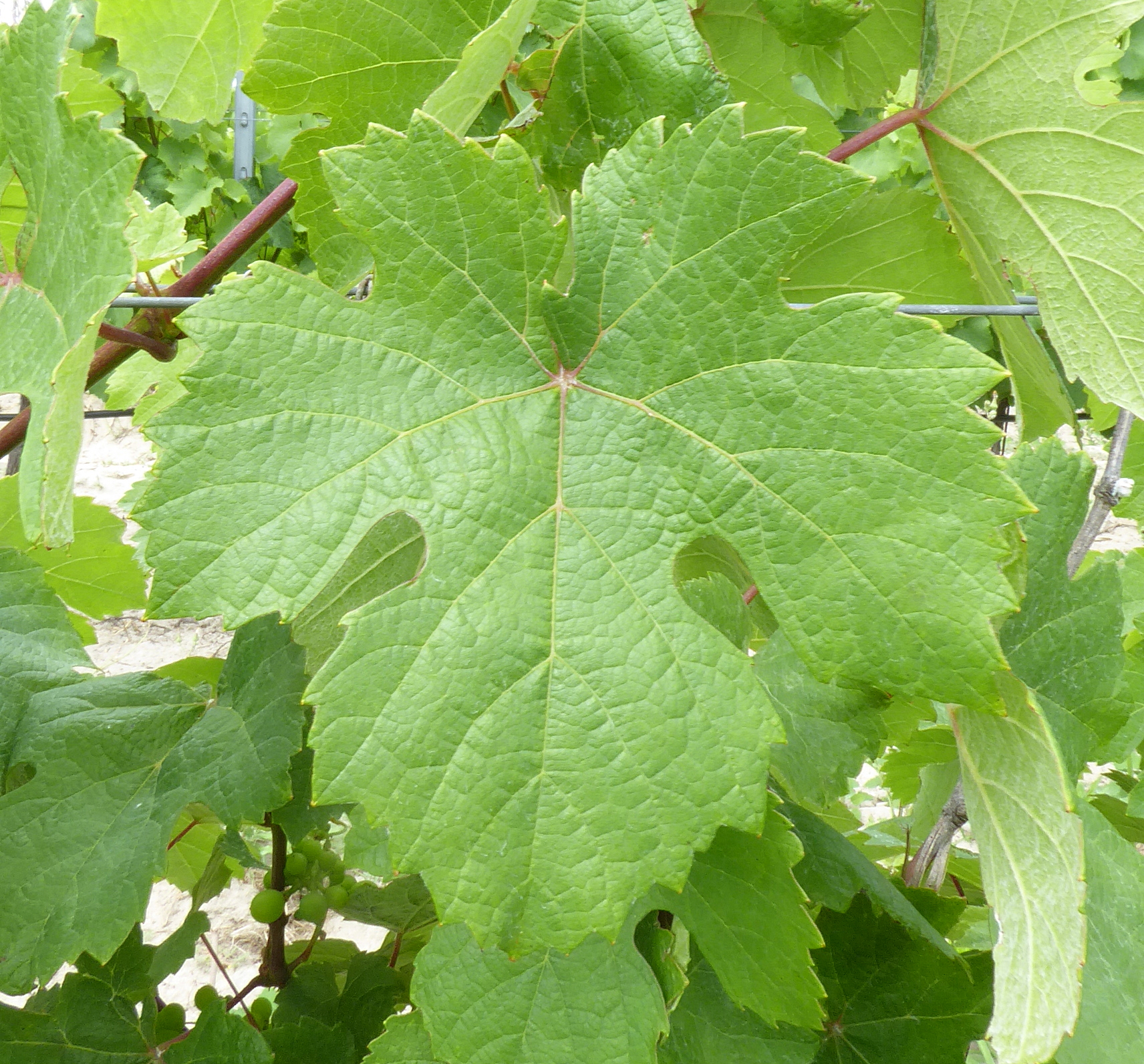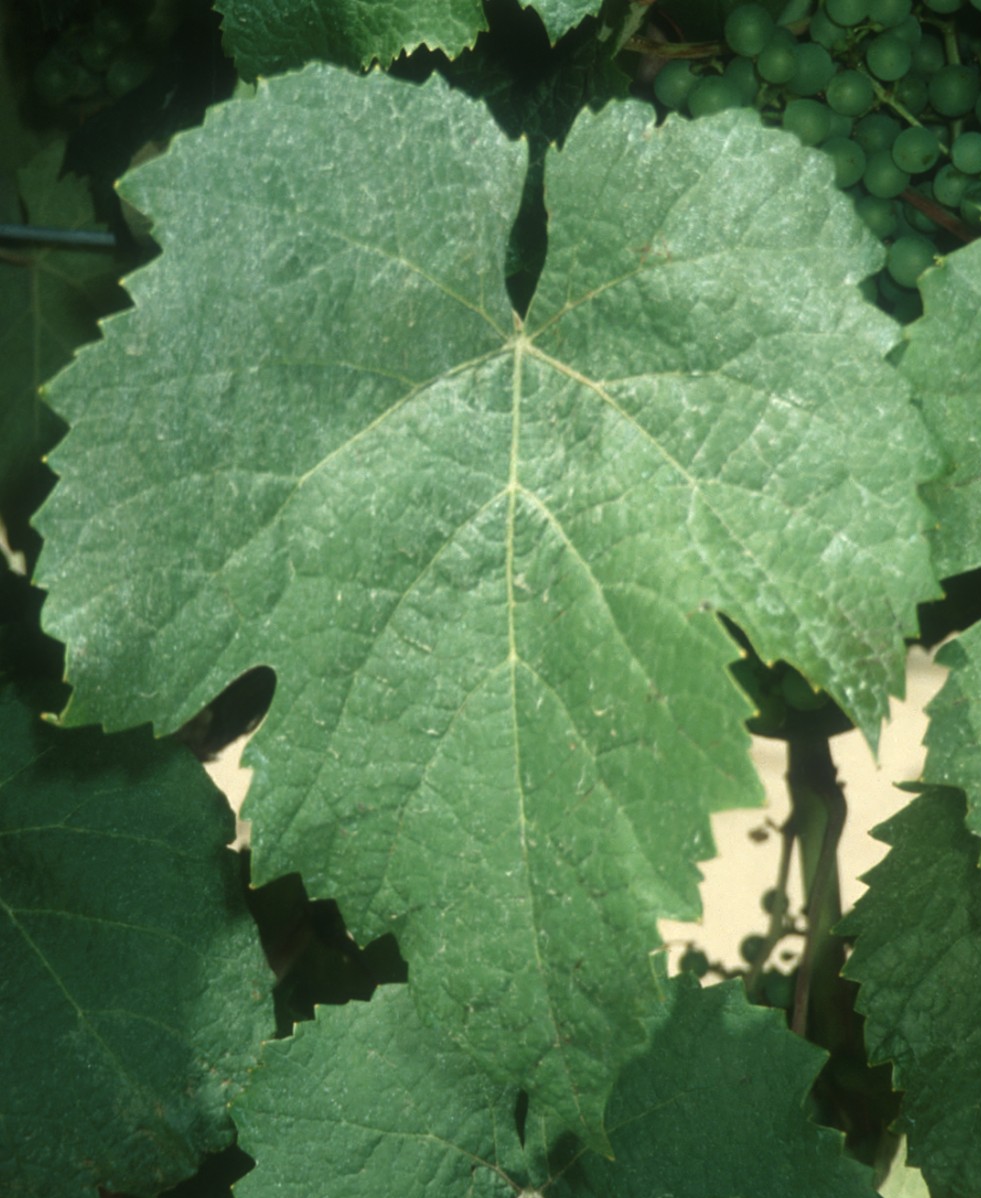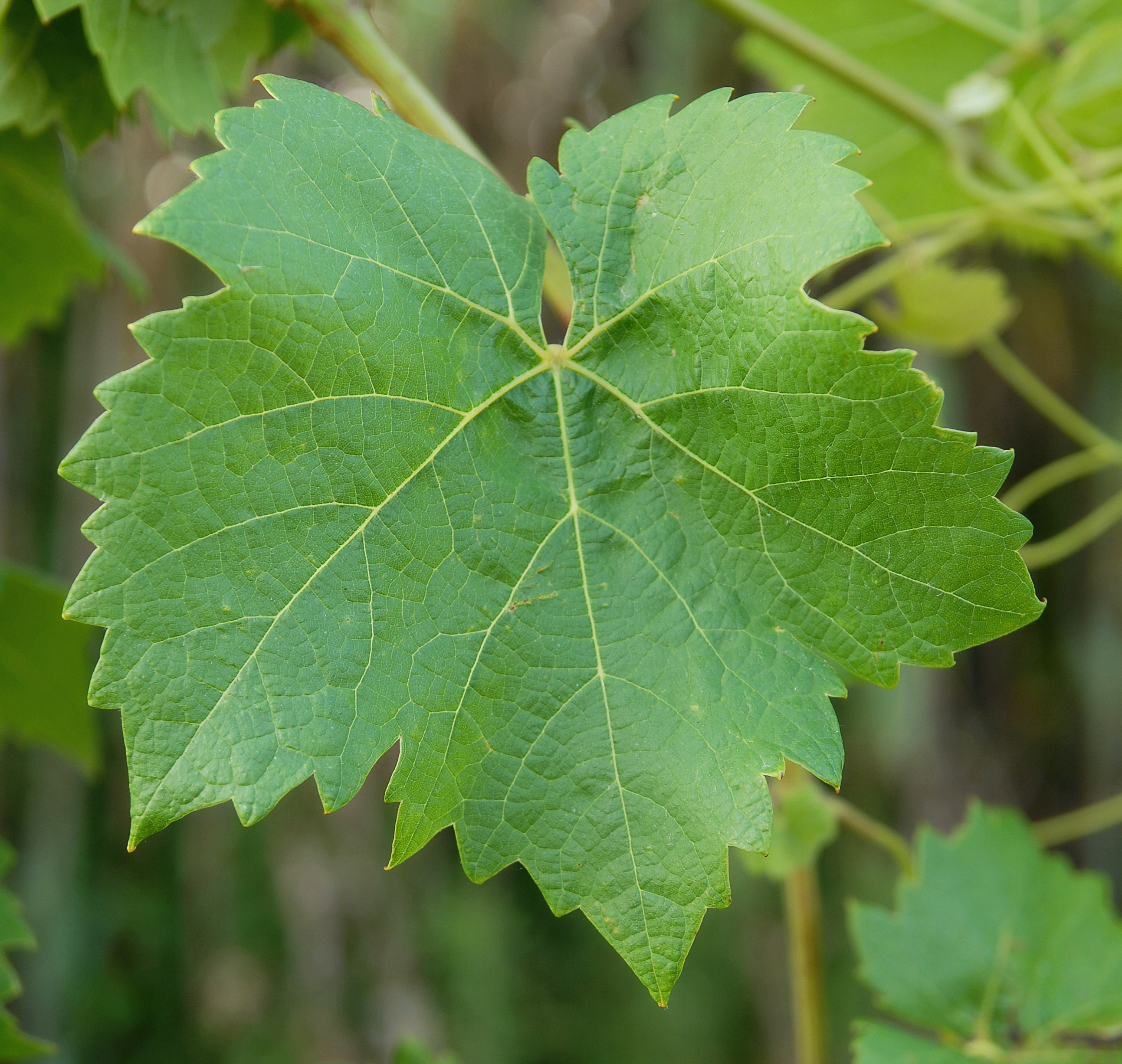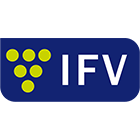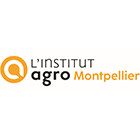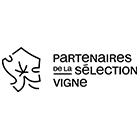Certified clones

-
-
Clone number
-
Variety
-
Brand
-
Origin
-
Selection
-
Year of approval
-
Agronomic Reference
-
Surface in multiplication
-
-
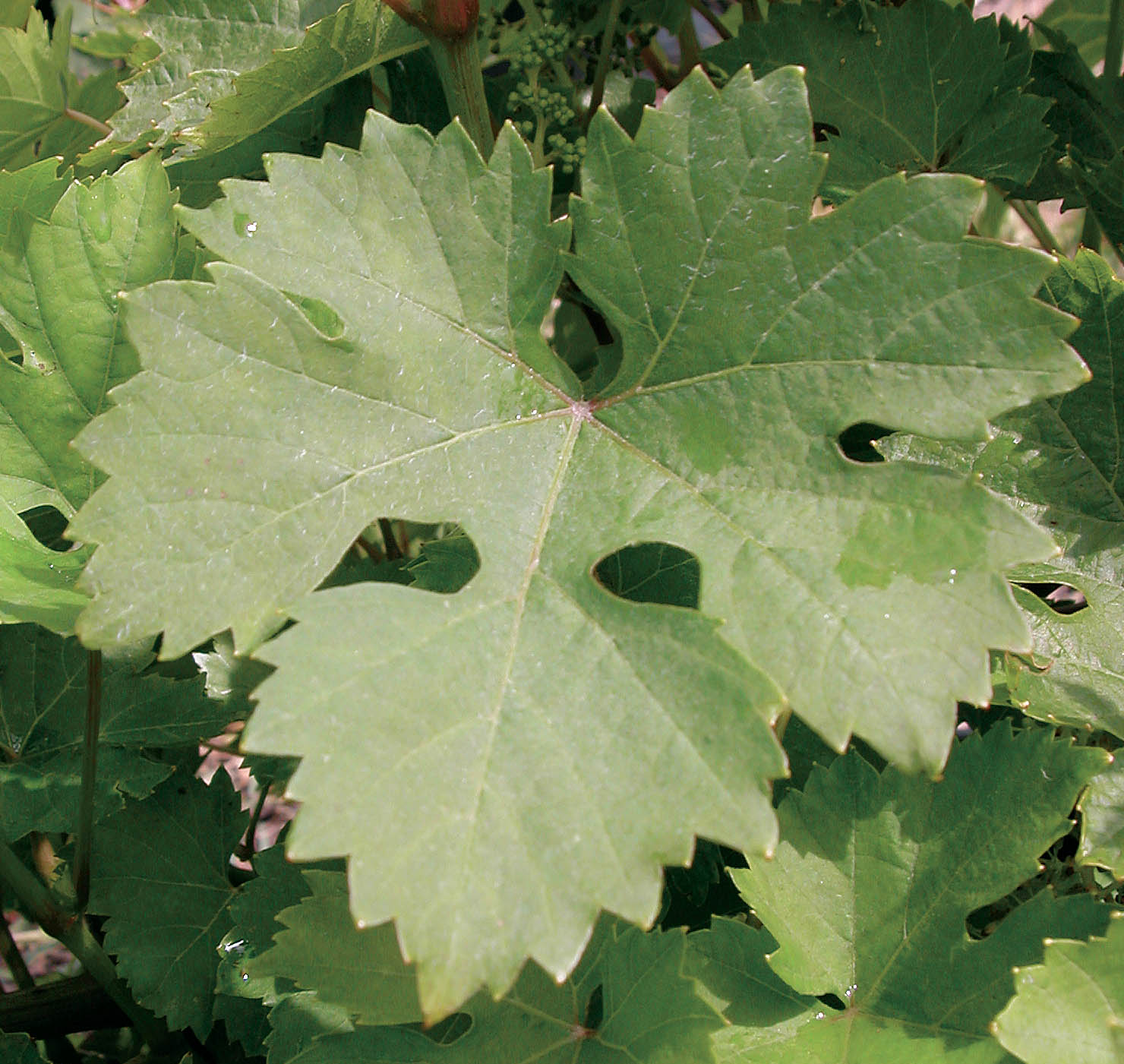 B
B -
5003
-
Perdin
-
INRA
-
1988
-
Agronomic Data
-
Fertility low to medium
-
Production level medium to high
-
Cluster weight high
-
Susceptibility to Botrytis low to medium
-
Technological Data
-
Sugar richness medium to high
-
Total acidity low to medium
-
Oenological skills balanced, lively and colored wines
-
Agronomic Data
-
Fertility medium
-
Production level low to medium
-
Cluster weight low to medium
-
Technological Data
-
Sugar richness medium to high
-
Total acidity medium
-
Oenological skills balanced, fat and concentrated wines
-
Agronomic Data
-
Fertility medium
-
Production level medium
-
Cluster weight medium
-
Technological Data
-
Sugar richness medium
-
Total acidity medium
-
Oenological skills representative wines of the variety
-
Agronomic Data
-
Production level medium to high
-
Technological Data
-
Sugar richness medium
-
Total acidity medium
-
Oenological skills representative wines of the variety
-
Other information
-
General note clone with longer internodes
-
Agronomic Data
-
Fertility high
-
Production level high
-
Cluster weight medium to high
-
Vigor medium
-
Berry size medium to high
-
Susceptibility to Botrytis medium
-
Technological Data
-
Sugar richness medium
-
Total acidity medium to high
-
Oenological skills representative wines of the variety
-
Other information
-
General note denser vegetation
-
Agronomic Data
-
Fertility lower
-
Production level lower
-
Cluster weight lower
-
Vigor medium
-
Berry size lower to medium
-
Susceptibility to Botrytis medium to superior
-
Technological Data
-
Sugar richness medium
-
Total acidity lower
-
Oenological skills aromatic and fat wines, persistent in the mouth
-
Agronomic Data
-
Fertility high
-
Production level medium
-
Cluster weight medium
-
Vigor medium
-
Berry size low
-
Susceptibility to Botrytis medium
-
Technological Data
-
Sugar richness medium
-
Total acidity high
-
Oenological skills wines with a high acidity
-
Other information
-
Agrotecnica note This clone produces many bunches with small pips. Moderately high yield, late bud burst and ripening with high acidity.
-
Agronomic Data
-
Fertility medium
-
Production level medium
-
Cluster weight medium
-
Vigor medium
-
Berry size medium to high
-
Susceptibility to Botrytis medium
-
Technological Data
-
Sugar richness medium
-
Total acidity medium
-
Oenological skills representative wines of the variety
-
Technological Data
-
Oenological skills representative wines of the variety
-
Technological Data
-
Oenological skills representative wines of the variety
-
Agronomic Data
-
Fertility lower to medium
-
Production level lower
-
Cluster weight lower
-
Berry size medium
-
Susceptibility to Botrytis lower to medium
-
Technological Data
-
Sugar richness medium to superior
-
Color potential superior
-
Total acidity lower
-
Tannic structure medium to superior
-
Aromatic intensity medium to superior
-
Oenological skills structured and well-balanced wines that last on the mouth
-
Other information
-
General note lower production level with smaller bunches and berries. Erect bearing.
Wines appreciated in tasting thanks to their tannic structure,
good length in the mouth and harmonious balance
-
Agronomic Data
-
Fertility lower to medium
-
Production level medium
-
Cluster weight medium
-
Berry size medium to superior
-
Susceptibility to Botrytis medium
-
Technological Data
-
Sugar richness lower to medium
-
Color potential medium
-
Total acidity lower
-
Tannic structure medium to superior
-
Aromatic intensity medium to superior
-
Oenological skills well-balanced wines, representative of the variety
-
Other information
-
General note clone with good production potential. Wines appreciated in tasting
-
Agronomic Data
-
Fertility low
-
Production level low to medium
-
Cluster weight medium
-
Berry size medium
-
Technological Data
-
Sugar richness medium
-
Color potential medium to high
-
Total acidity medium
-
Tannic structure medium
-
Oenological skills balanced, round and colored wines
-
Other information
-
General note a little later maturity. Clone appreciated for its agronomic characteristics and the quality of the wines obtained.
-
Agronomic Data
-
Fertility high
-
Production level medium to high
-
Cluster weight medium
-
Berry size medium to high
-
Technological Data
-
Sugar richness medium
-
Color potential medium
-
Total acidity medium
-
Tannic structure medium
-
Oenological skills representative wines of the variety
